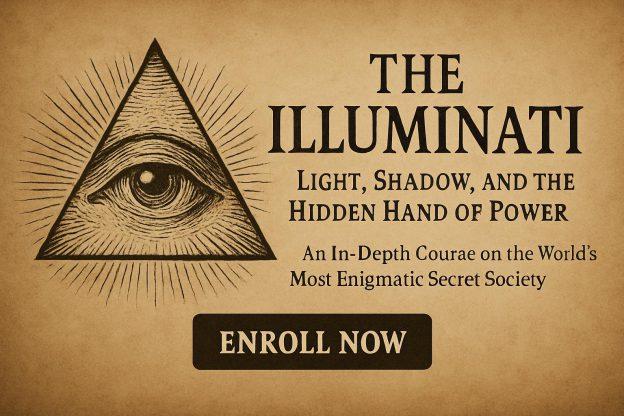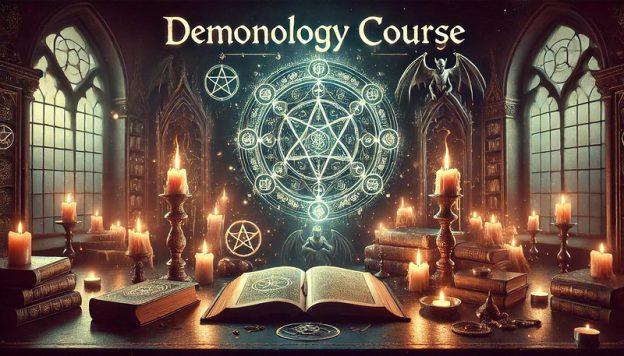Maxwell Cade
Maxwell Cade was a British biophysicist, psychologist, and researcher best known for his pioneering work in biofeedback and consciousness studies. A dedicated scientist with a deep interest in human potential, Cade sought to bridge the gap between Western science and Eastern mysticism, exploring altered states of consciousness, meditation, healing, and paranormal phenomena. His groundbreaking research in brainwave activity using the Mind Mirror, a biofeedback EEG device, remains influential in both scientific and esoteric circles.
This article delves into Cade’s contributions, his research on extraordinary human experiences, and the paranormal phenomena he investigated.
Who Was Maxwell Cade?
Maxwell Cade (1913–1985) had a diverse background that spanned physics, psychology, and metaphysics. Initially trained as a physicist, Cade’s interests led him to explore the effects of meditation, energy healing, and altered states of consciousness on the human mind and body. His scientific approach to these subjects helped bring credibility to areas that were often dismissed by mainstream academia.
Cade is most renowned for developing the Mind Mirror EEG, a device that could measure real-time brainwave activity. With this technology, he studied meditation, healing states, and paranormal abilities, attempting to quantify what had long been considered mystical or supernatural experiences.
The Mind Mirror: Unlocking Consciousness
One of Cade’s most significant contributions was the development of the Mind Mirror, an EEG (electroencephalography) device that provided a real-time visual representation of brainwave patterns. Traditional EEG devices recorded brainwave activity but were often limited in their scope. Cade’s Mind Mirror was revolutionary in that it could display multiple frequency bands simultaneously, allowing researchers to study the interplay between different states of consciousness.
Using this technology, Cade was able to identify specific brainwave patterns associated with altered states. He classified these states into five primary categories:
- Waking Consciousness – Predominantly Beta waves (13–30 Hz), associated with logical thinking and problem-solving.
- Meditative States – Increased Alpha waves (8–13 Hz), linked to relaxation and creativity.
- Creative and Intuitive States – A combination of Alpha and Theta waves (4–8 Hz), often seen in artists, mystics, and those with psychic abilities.
- The Awakened Mind State – A unique balance of Beta, Alpha, Theta, and Delta waves (0.5–4 Hz), observed in experienced meditators, healers, and individuals who claimed psychic or paranormal abilities.
- The Evolved Mind State – A state of deep transcendence, where all brainwave frequencies synchronize, often associated with mystical experiences and peak states of consciousness.
This research validated ancient practices such as meditation and energy healing by demonstrating measurable neurological shifts. Cade’s findings also extended into the realm of paranormal experiences, where he sought to understand phenomena like telepathy, remote viewing, and psychic healing.
Paranormal Phenomena Studied by Cade
While many of Cade’s findings were rooted in neuroscience, he did not shy away from exploring the paranormal. Some of the key phenomena he investigated included:
1. Psychic Healing and Energy Transfer
Cade worked extensively with healers who claimed to use bioenergy, chi, or prana to heal patients. By using the Mind Mirror, he discovered that experienced healers exhibited a distinct brainwave pattern: a simultaneous presence of Beta (conscious focus), Alpha (relaxation), Theta (intuition), and Delta (deep unconscious states).
Additionally, he found that during healing sessions, the recipient’s brainwaves often synchronized with the healer’s, suggesting a form of energetic entrainment or transference. This phenomenon lent credence to practices such as Reiki, Qi Gong, and other forms of energy healing.
2. Telepathy and Shared Consciousness
Cade conducted experiments on telepathy, particularly between individuals who had deep emotional or spiritual connections. He found that in certain meditative states, two people could exhibit remarkably similar brainwave patterns, even when separated by distance. This supported theories of non-local consciousness, a concept often explored in quantum physics and parapsychology.
Some of Cade’s work paralleled earlier research by J.B. Rhine and Rupert Sheldrake, who explored extrasensory perception (ESP) and morphic resonance. Cade’s EEG findings suggested that minds might connect beyond conventional sensory communication.
3. Near-Death and Out-of-Body Experiences
Cade examined individuals who reported near-death experiences (NDEs) and out-of-body experiences (OBEs). He found that many of these individuals displayed the Evolved Mind State, a rare synchronization of all brainwave frequencies.
Subjects described experiences such as:
- Seeing their bodies from an external perspective.
- Entering a state of profound peace and unity with the universe.
- Receiving knowledge or visions beyond their normal comprehension.
While skeptics often attributed these experiences to brain chemistry and hypoxia (oxygen deprivation), Cade’s research suggested a distinct neurological signature that differed from typical dream states or hallucinations.
4. Remote Viewing and Clairvoyance
Cade’s EEG studies included individuals practicing remote viewing (the ability to “see” distant locations or events without physical presence). The most successful subjects displayed high Theta wave activity, similar to the states found in deep meditation and trancework. This aligned with research conducted by the U.S. government’s Stargate Project, which explored the military applications of remote viewing.
Cade’s Legacy and Influence
Maxwell Cade’s work has had a lasting impact on multiple fields, including:
- Neuroscience and Biofeedback – His research laid the foundation for modern biofeedback therapy, now used for stress reduction, anxiety treatment, and performance enhancement.
- Meditation and Mindfulness – Cade’s studies helped legitimize meditation as a scientifically measurable practice, contributing to the widespread acceptance of mindfulness in the West.
- Parapsychology – His EEG findings provided scientific insights into paranormal phenomena, bridging the gap between mysticism and empirical research.
- Energy Healing and Holistic Medicine – His validation of healers’ brainwave patterns continues to inspire research into alternative healing modalities.
A Scientist Ahead of His Time
Maxwell Cade was a rare figure in the scientific world—one who was willing to explore the boundaries between mind, energy, and consciousness. His work remains a cornerstone in studies of human potential, blending rigorous scientific inquiry with open-minded exploration of the paranormal.
In an age where consciousness research is increasingly intertwined with quantum physics and holistic healing, Cade’s contributions continue to inspire new generations of researchers, meditators, and seekers of hidden knowledge. His legacy reminds us that the mind is far more powerful—and mysterious—than we often assume.










